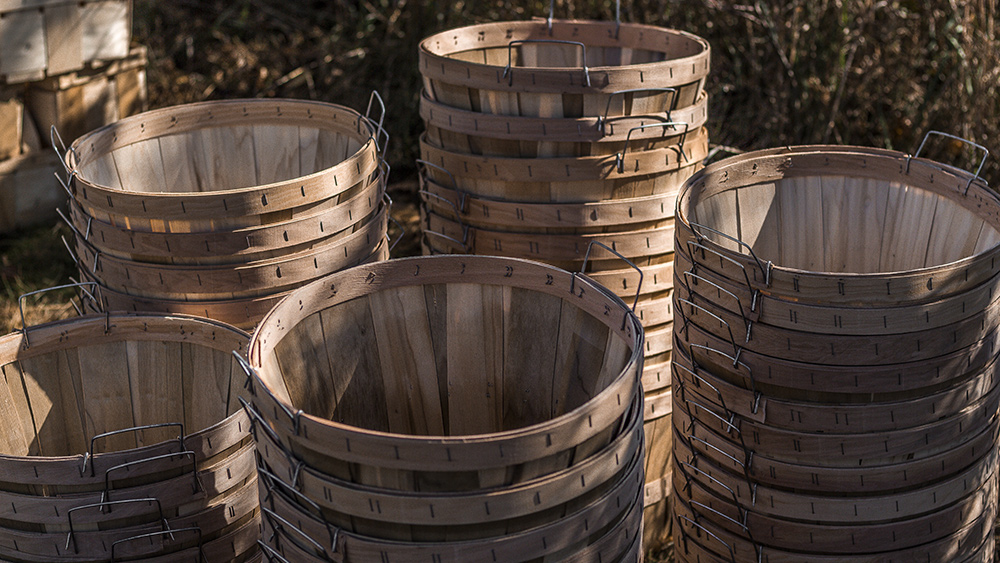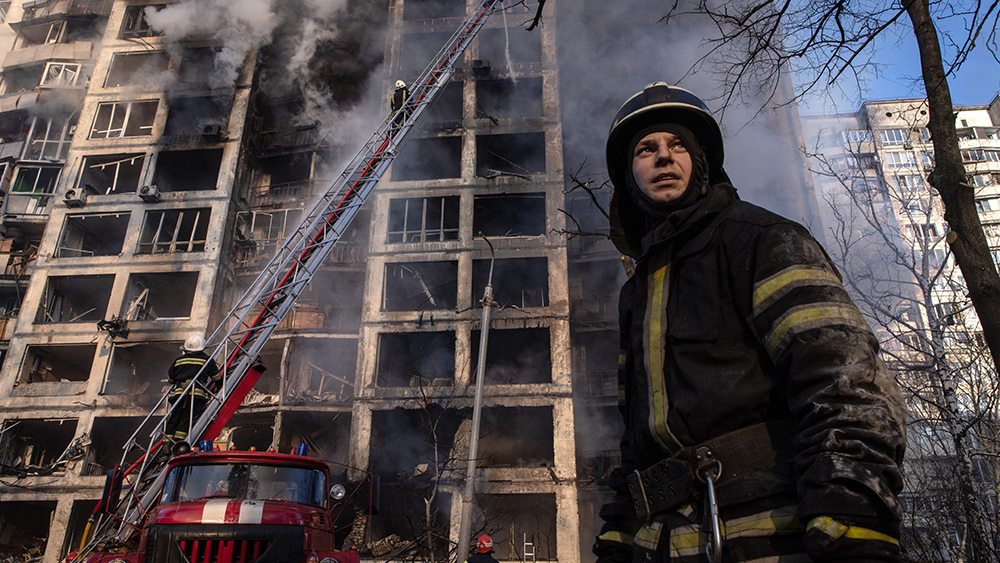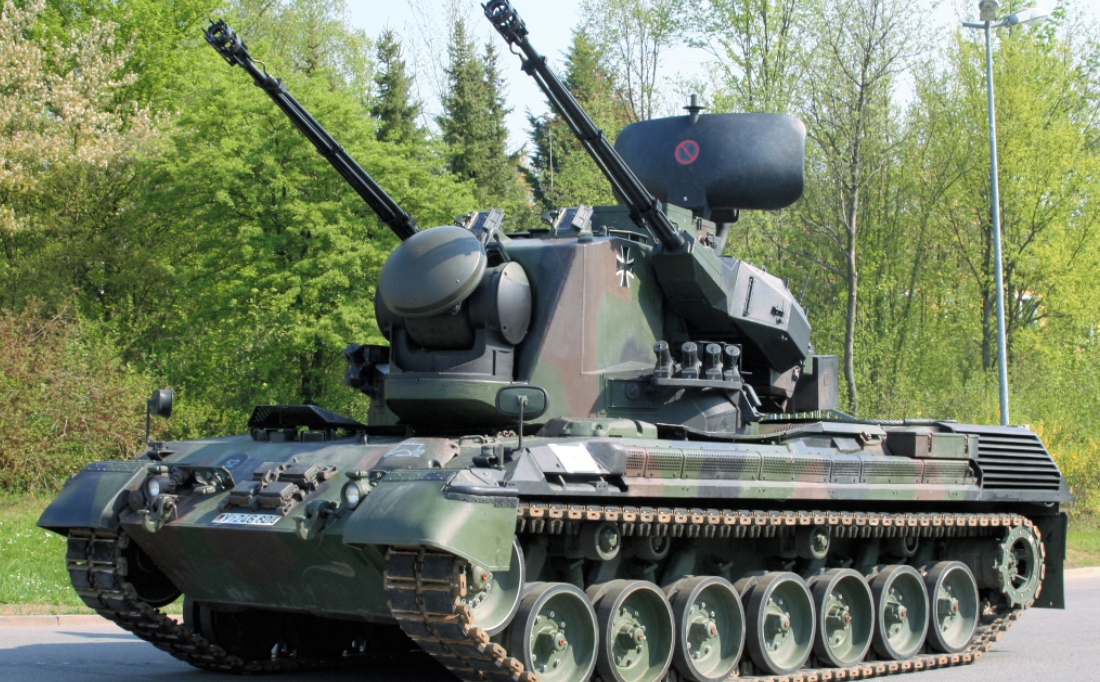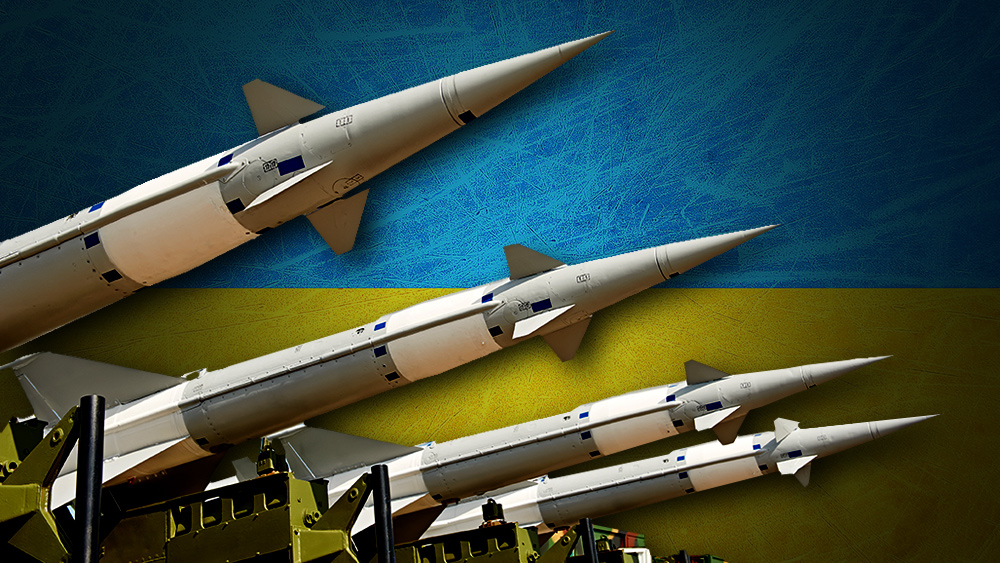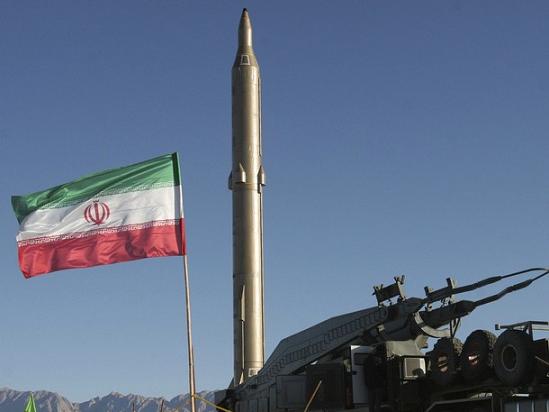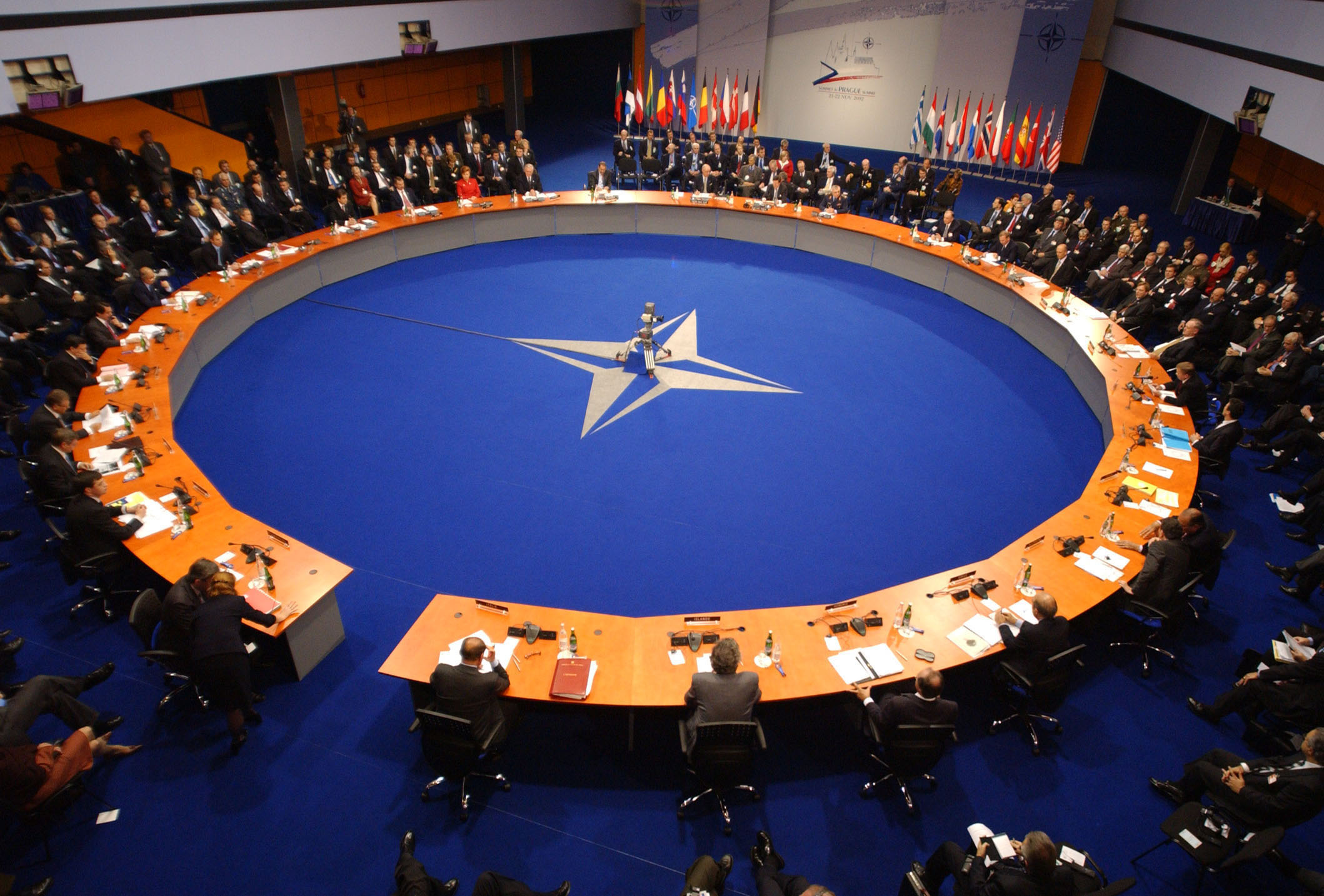US military revamping to fight Russia – and maybe China – in the Arctic
05/16/2022 / By JD Heyes
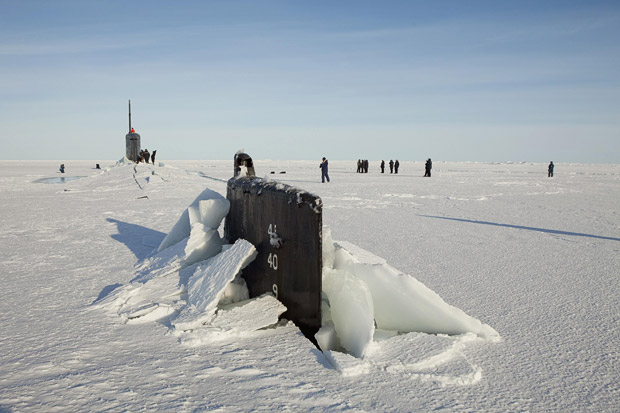
The Pentagon has gotten a revealing look at the Russian military as it continues to struggle to reach pre-invasion objectives in Ukraine, thanks in no small part to the amount of lethal military aid Kyiv is getting from the U.S. and the West in general.
What American commanders are learning is this: The vaunted Russian military isn’t really so vaunted; conscripts generally make poorer soldiers than do professional volunteers; tanks are obsolete; due to advanced missiles, warships are not much good for close-in support; shoulder-fired air defense weapons are effective against enemy helicopters; and morale makes a huge difference.
That said, Russia’s military is also learning some lessons as well, albeit the hard way, and is likely going to be much more formidable in the future. As such, the U.S. military is making some new adjustments to its force structure in a place where American forces increasingly could engage in conflict with Russian troops: The Arctic.
For the past several years, Russia has been either reopening former Soviet military bases in the region or refurbishing existing bases, expanding their capabilities and providing an overall increased presence. There is much at stake in the Arctic, including vast energy and mineral resources that are becoming easier to obtain thanks to the gradual warming of the planet (no, that’s not because of human-caused “climate change” — it’s just a natural phenomenon as the Earth has constantly cooled and warmed throughout its existence).
But the U.S. has not responded in kind, until recently, as reported by The Associated Press:
The U.S. Army is poised to revamp its forces in Alaska to better prepare for future cold-weather conflicts, and it is expected to replace the larger, heavily equipped Stryker Brigade in the state with a more mobile infantry unit better suited for the frigid fight, Army leaders say.
Army Secretary Christine Wormuth said she expects to make a final decision soon about the Alaska troop change, saying she will likely convert the Stryker unit, which uses heavy, eight-wheeled vehicles, to an infantry brigade.
The U.S. has long viewed the Arctic as a growing area of competition with Russia and China, particularly as climate change brings warmer temperatures and opens the sea lanes for longer periods of time. But officials have acknowledged that the U.S. lags behind those nations. Russia has taken steps to increase its military presence there, and China views the region as economically valuable for shipping and natural resources.
“I think right now the purpose of Army forces in Alaska is much more about creating an extreme cold weather capable formation” that could be used in Europe or the Indo-Pacific, Wormuth told the newswire service on a recent trip to Alaska to meet with senior commanders and troops stationed there. “We’re trying to get to a place where we have Arctic capable forces — forces that can survive and operate in that environment.”
The AP stressed that the changes being made came well before tensions with Russia ramped up following its invasion of Ukraine.
Under the new plan, the 1st Stryker Brigade Combat Team, 25th Infantry Division, which is currently based in Alaska, would become a light infantry brigade. In conjunction with the 4th Infantry Brigade Combat Team, both units would then become the 11th Airborne Division, again, based in Alaska. Wormuth said that the large Stryker vehicles, which are aging, are to be replaced by vehicles that are much more suitable for ice and snow terrain.
“I think it really makes sense to have forces trained in the Arctic environments that they would be used for,” Wormuth said. “If we’re going to have ground forces in Alaska, that’s what we need them to be able to do. They can’t get that experience going to the Mojave Desert or to Fort Polk.”
Few sane people actually want to fight World War III, but if it comes, it only makes sense for our forces to be ready.
Sources include:
Submit a correction >>
Tagged Under:
11th Airborne Infantry Division, alaska, Arctic, big government, chaos, China, infantry battalions, miltary tech, national security, preparedness, Russia, Stryker battalion, U.S. troops, US military, weapons technology, World War III
This article may contain statements that reflect the opinion of the author
RECENT NEWS & ARTICLES
COPYRIGHT © 2017 WWIII NEWS

